
About This Quiz
Take a breeze down memory lane with this vintage school supplies quiz. There are enough hints to help you score big as you reminisce how the '50s kept things all neat and tidy with the era's assorted contraptions.Â
World War II greatly influenced the school supply industry of the '50s. Weapons-making factories had lots of materials to use, and U.S. state-sponsored schools were the logical buyers and benefactors. When was the last time you held a pair of scissors from the 1950s? Standard solid steel scissors from the era are heavy; the staplers are weighty. Practically all the supplies were solid and sturdy.Â
Consumer and commercial products from that time were far more durable than comparable supplies of today. Pencil sharpeners from the 1950s sharpened pencils with unmatched precision. You're lucky if pencils don't break the second-rate imposter sharpeners produced in more recent times. Fifties consumer supplies were so durable, that many of them have outlasted 21st-century wares. Fifties consumers didn't need to purchase added warranties for weapons-grade school supplies. The true test of a product is the durability of its vintage stock. The fact that we've got amazing photos of identifiable '50s contraptions on this fun quiz is proof positive that these school supplies have passed the test of time.
Can you pass this test by naming the tools you see from the 1950s? Prove that you can identify them all!
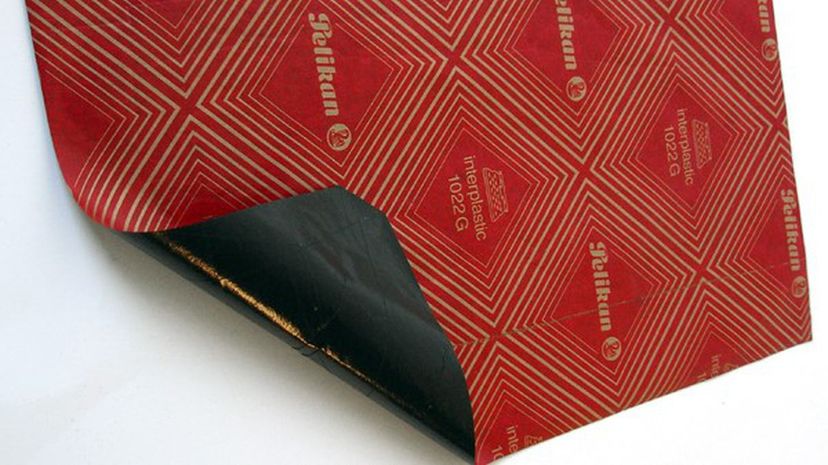
Why would a student hoard carbon paper in their tiny desk? Duplicator carbon paper was made for the office, but some clever '50s kids re-purposed the paper to duplicate certain forbidden grade-saving materials.
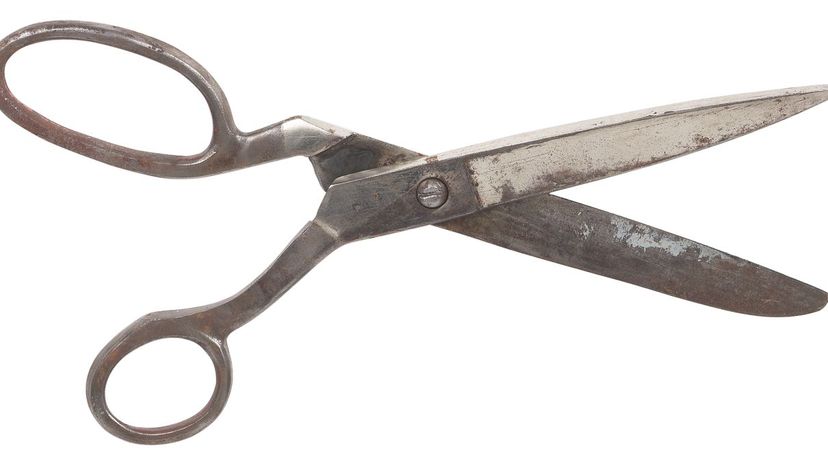
Solid steel scissors were heavy contraptions to lug around back in the '50s. Grade school students started out using "kindergarten-quality" shears with blunt tips before graduating to sharp-tipped scissors with large handles that the big kids in high school used.
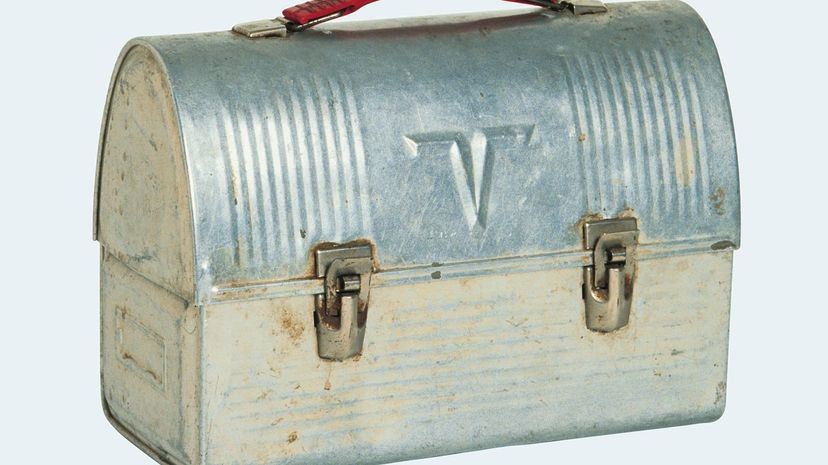
Lunch box hype began in the 1950s; before then, kiddies used lunch pails, cloth sacks, brown paper pouches and baskets to transport their daily noontide grub. Plastic lunch boxes eventually replaced tin containers to better integrate the marketing materials for which today's lunch boxes are known.
Advertisement
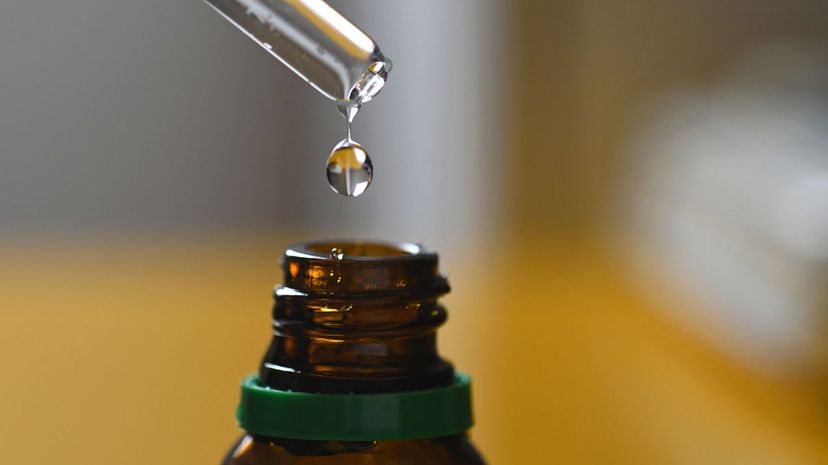
Mature scholars who owned up to their mistakes used rytoff for inked boo-boos on paper, but only for brand new blunders. Rytoff worked fast, so you had to be sure that an hour's worth of work indeed required the permanent wipe-out, or else.
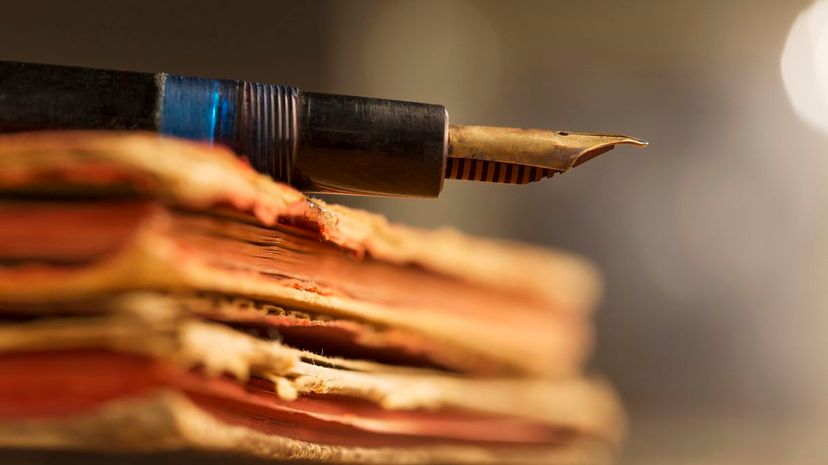
Schools of the '50s taught students the Palmer Method of penmanship through a drill routine that utilized Palmer pens, workbooks, ruled primary pads and a set of specialized cards. There were at least nine different grades of Palmer pens.
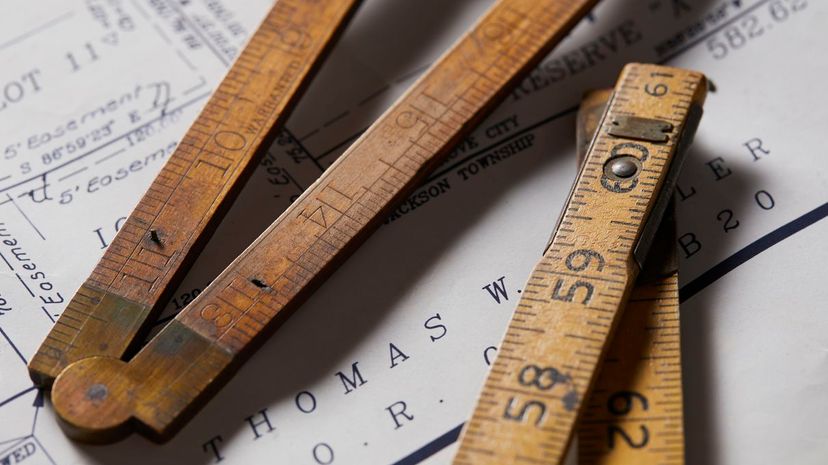
Every '50s student had a wooden ruler they used for measuring things and drawing lines on paper that had no lines. The sharp metal edges on some rulers were good for creasing paper before dividing into shapes of equal size during art class or to pass forbidden notes to fellow students.
Advertisement
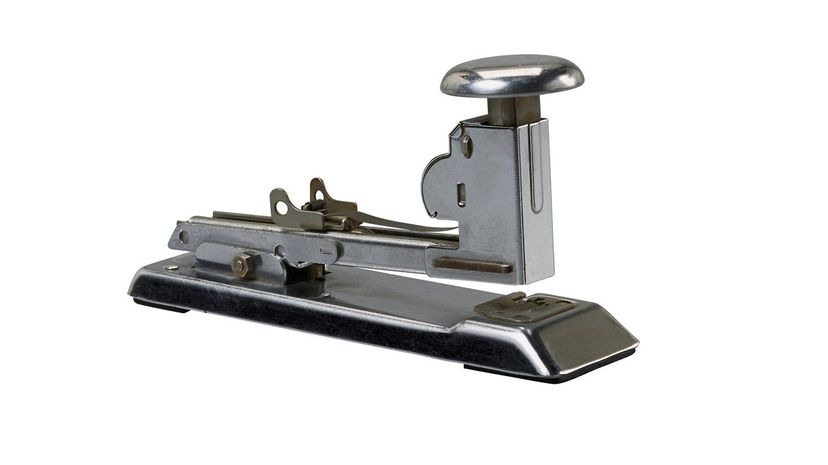
It's hard to believe that most staplers made back then were meant to be portable. The regular stapler was heavy enough to serve as a paperweight, but the all-steel heavy duty stapler probably kept a desk from moving an inch. Some staplers were equipped with metal stapler removers.
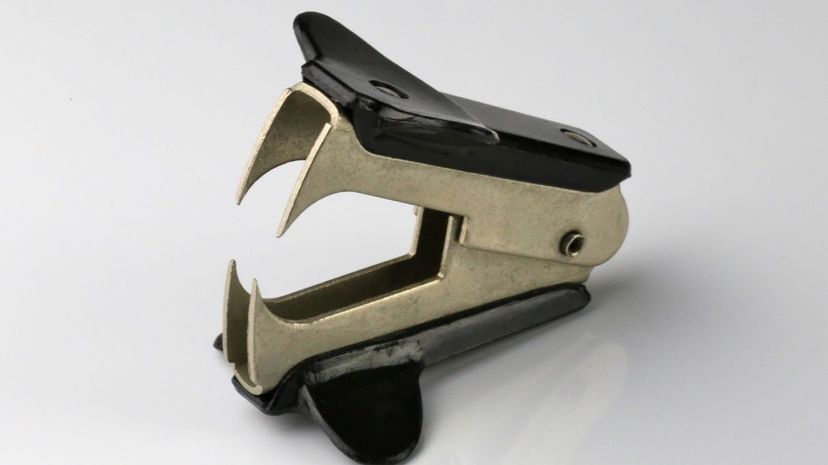
Students pushed a lot of paper back in the day, which required organizational tools like this beauty. Used much less frequently today, the stapler remover gave students control to separate collated paper materials while keeping paper tips smooth and paperwork presentable.
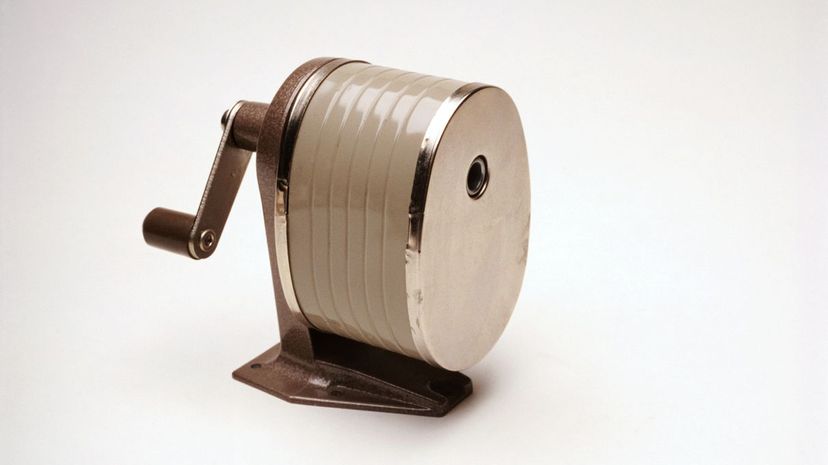
Just about every classroom had a steel pencil sharpener bolted to a wall or table. Smart students carried a portable metal sharpener in their pencil cases to avoid the occasional long lines leading to the "good" classroom sharpener that always provided the sharpest pencil tips.
Advertisement
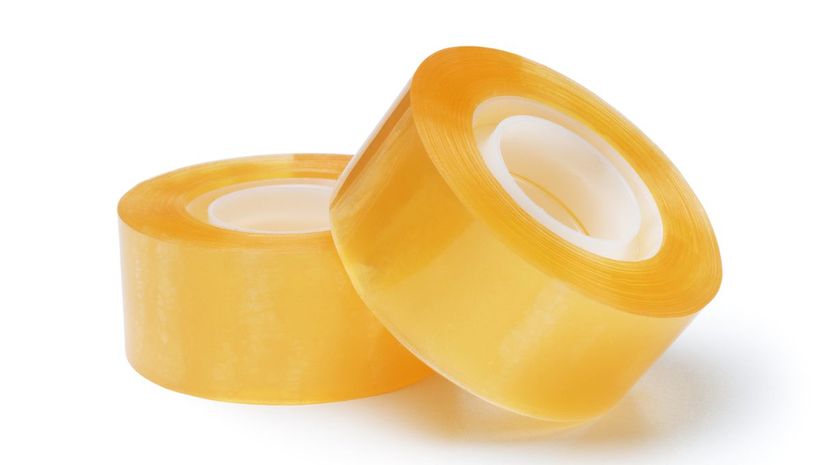
Cellulose tape is the see-through adhesive that didn't leave a residue like other industrial tapes did. If you administered the tape to temporary jobs, there was a good chance you could reuse it. Cellulose was strong enough to configure a neat arrangement of paperwork on a classroom wall.
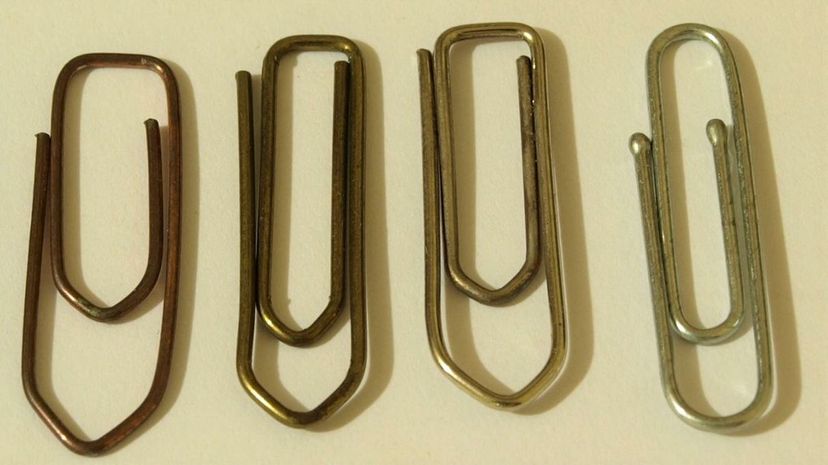
The girls used these to adjust hems and waistlines in clothing, and the boys contorted them to sling as projectiles across the classroom. Metal clips kept papers organized, but they weren't ideal for the long term. Students used clips to transport pre-stapled papers to their final destinations.

Before they were the colorful "push pins" of today, they were metal "thumbtacks" in the 1950s. Plastic tack heads are quite narrow now compared to back when you had a choice of four head sizes between three-eighths inch and nine-sixteenths inch.
Advertisement
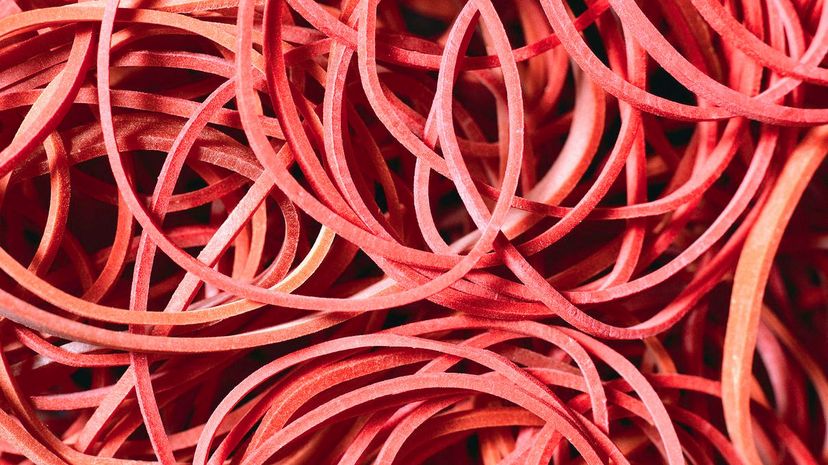
These bands are made of natural rubber and were a necessary school supply. Again, in the spirit of keeping things tidy (a 1950s catchword) rubber bands separated the pencils from the pens, the ballpoints from the fountains, and messy markers from everything else in a well-organized supply case.

The girls probably needed these more often than the boys. Pyramid steel pins were necessary for home economics courses, like sewing, or the pins came in handy when fashion a faux pas threatened to make you the laughing stock of the cafeteria. In the '50s, rocking an uneven skirt hem was a no-no.
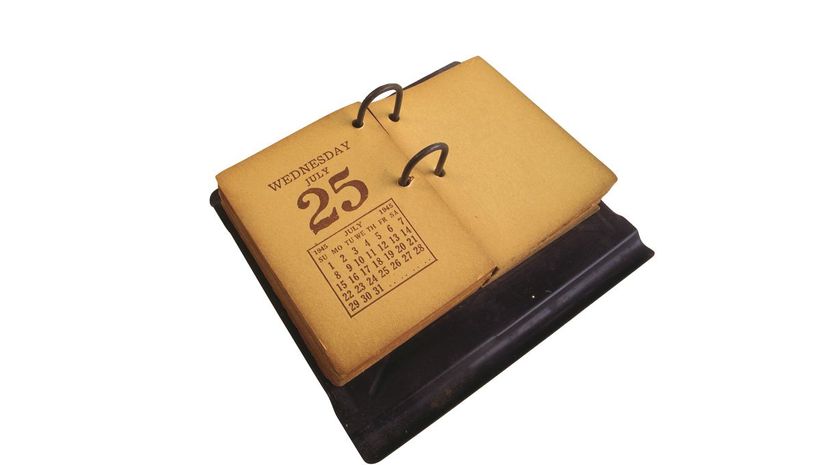
The desk calendar was how students stayed on top of deadlines. No major science fair project could have been planned better without one. These boxy calendars propped upright, so there was no need to budge your noggin in order to peek at the day's to-dos.
Advertisement
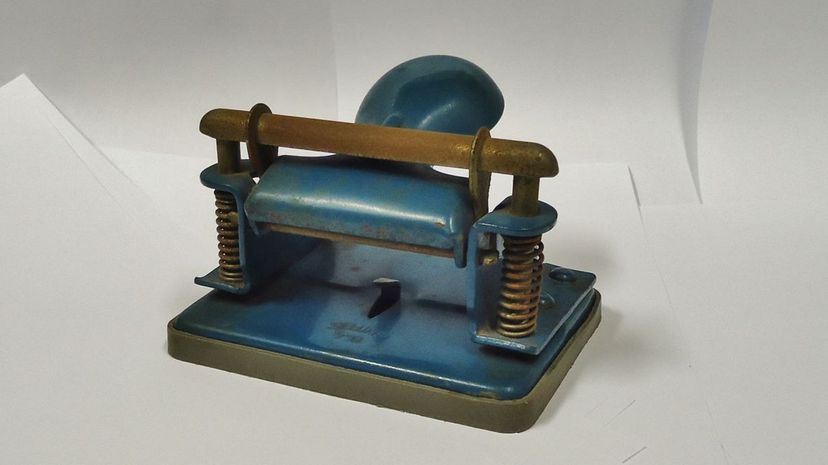
The nickle-plated loose leaf vacuum punch converted standard sheets of paper into manageable stacks of organized papers ready for storage in the loose leaf binder of choice. And there was a choice of hole sizes: one-eighth inch, three-sixteenth inch and one-fourth inch.
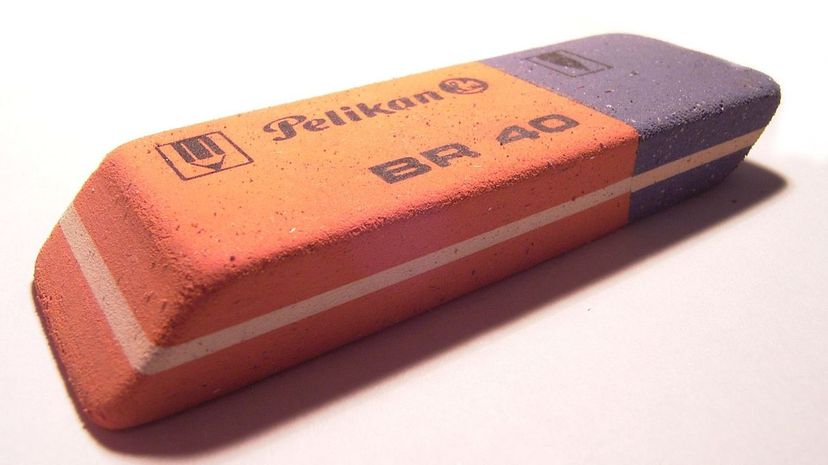
The pencil eraser was the 1950s' version of today's digital delete-key function. There were chisel or double bevel eraser shapes, erasers for both ink and pencil, and anti-crumble erasers. The higher quality erasers didn't rip or crinkle delicate paper.
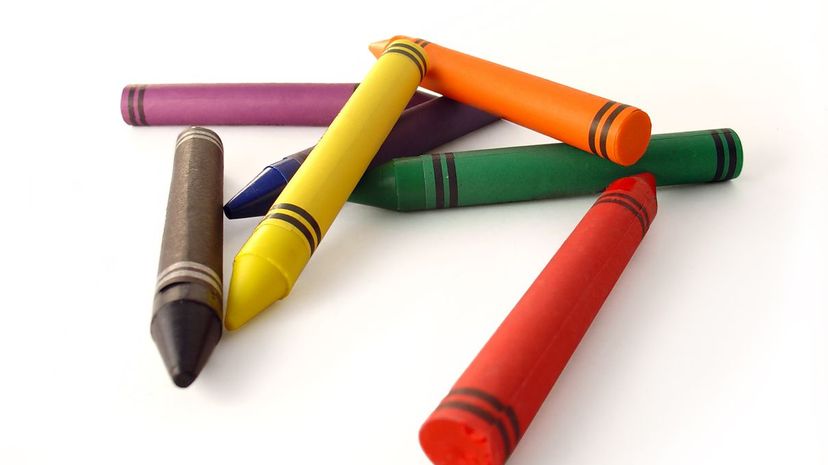
Eight, 12, 16, 24 were the standard crayon box sizes back then; the extravagant 64-count box of crayon colors became popular after the '50s. Grade school children were happy with basic shades and over-sized crayon sticks.
Advertisement
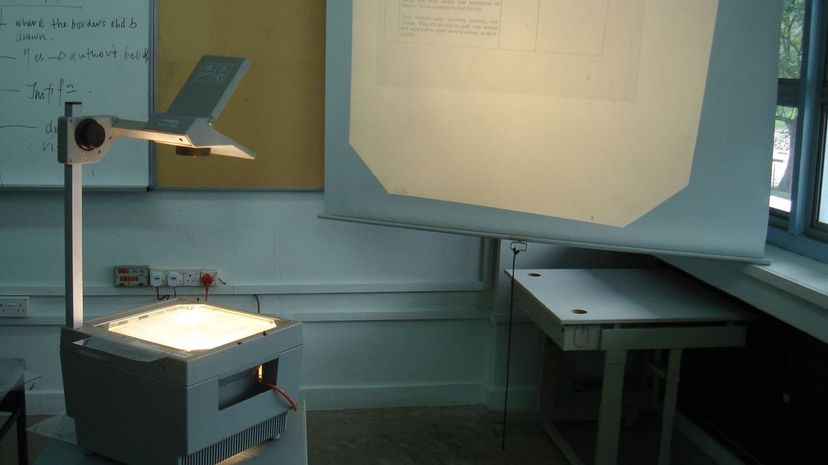
Before television sets invaded classrooms, there were slide projection machines which were kept on push carts solely reserved for the heavy contraptions. More advanced projection machine models accommodated film strips as well as slides.
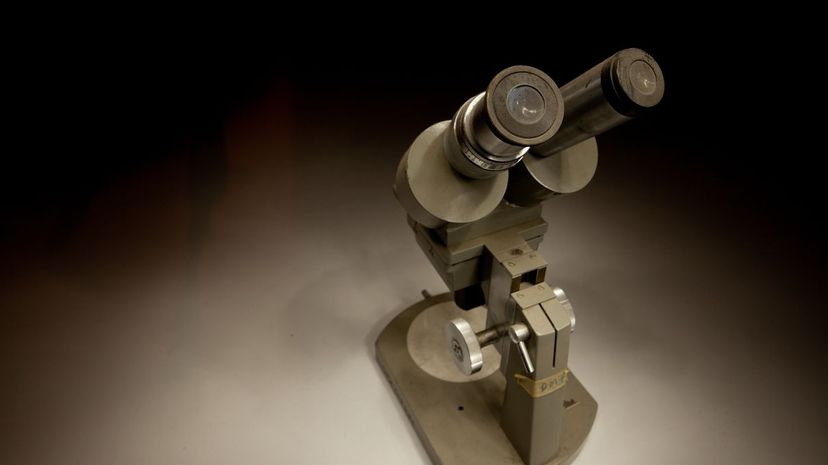
Science and weapons innovations that emerged during World War II elevated scientists of the '50s to celebrity status. Students coveted chemistry sets and microscopes just as much as they did baby dolls and baseballs. Fifties kids could name and maneuver the parts of the microscope with ease.
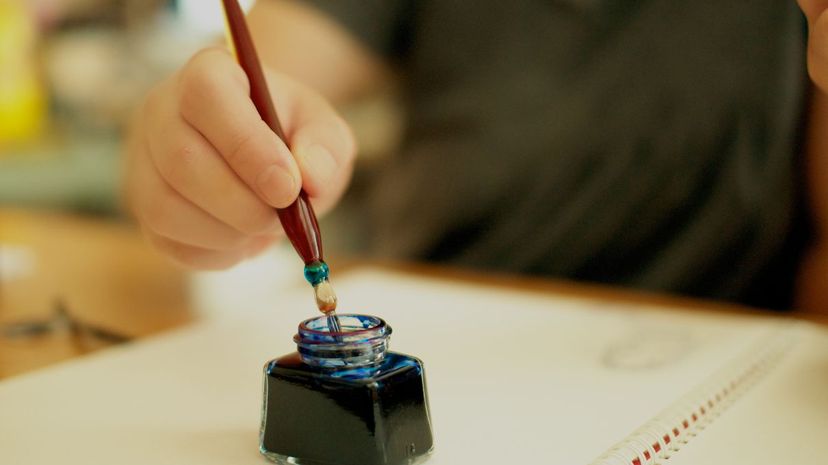
Back in the day, good penmanship was a sign of good character, so schools stressed the art of handwriting. Students practiced with dip pens and inkwells. The ultimate goals of this endeavor were to keep letters legible and workspaces as spotless as possible.
Advertisement

In the '50s, impressionable minds were curious after a major world war. The world globe was as essential as a No. 2 pencil, especially with all the outer space lingo surfacing. Folks wanted to understand their place in the world with respect to other peoples, places and exotic things.
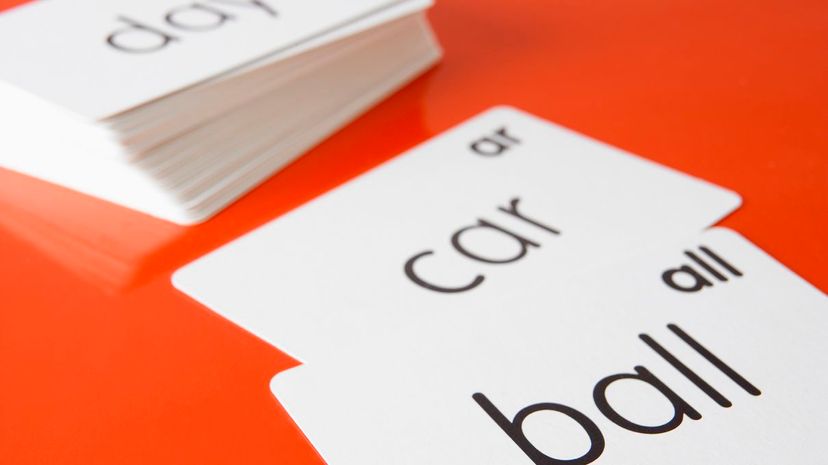
Vocabulary cards were an ideal grammar resource. Peering over words permanently printed on convenient portable cards signified that you were a serious student poised to learn with just a flick of the wrist.

The grease pencil, or China marker, was a hot commodity back when convenience won you cool points. With the grease pencil, there was no need for a pencil sharpener; students peeled off the paper with a string around the pencil to achieve a sharper tip.
Advertisement
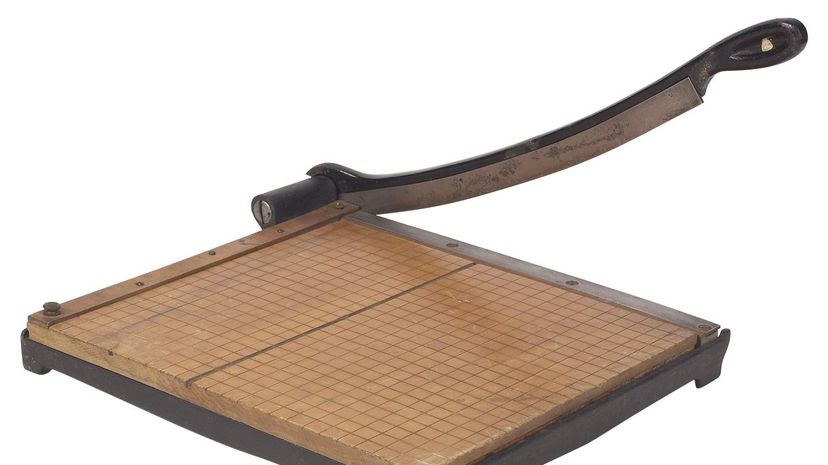
No classroom was complete without a cutting station where the trimming board lived. These devices were sharp enough to cut through tissue paper and sturdy enough to sever cardboard. Older students were tasked with handling these devices.
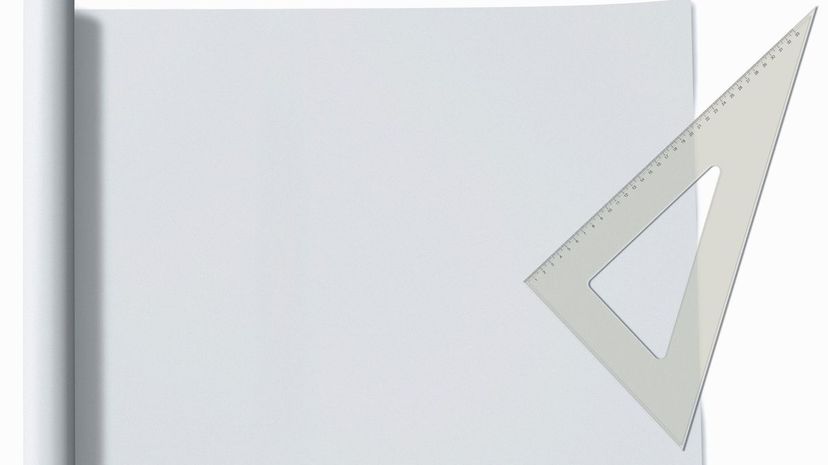
When the teacher instructed the class to "pull out the straight edge to draw lines," the '50s student with a transparent acrylic triangle in their arsenal didn't need to fuss with unwieldy rulers that took up the span of a desk. These triangles were particularly essential for art class.
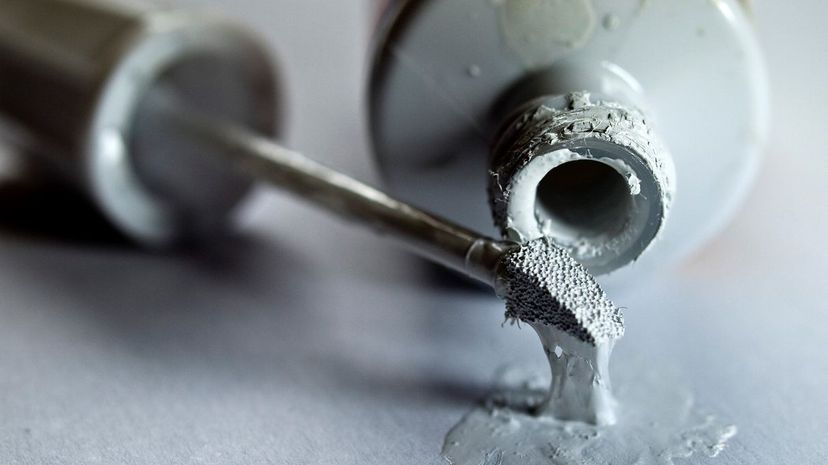
Correction fluid was your most important 1950s school supply. Certain perfectionist types rarely needed to paint over inky mistakes with the white correction paint, while others might have submitted shoddy paperwork that was as much as 90 percent white goo and as little as 10 percent ink.
Advertisement
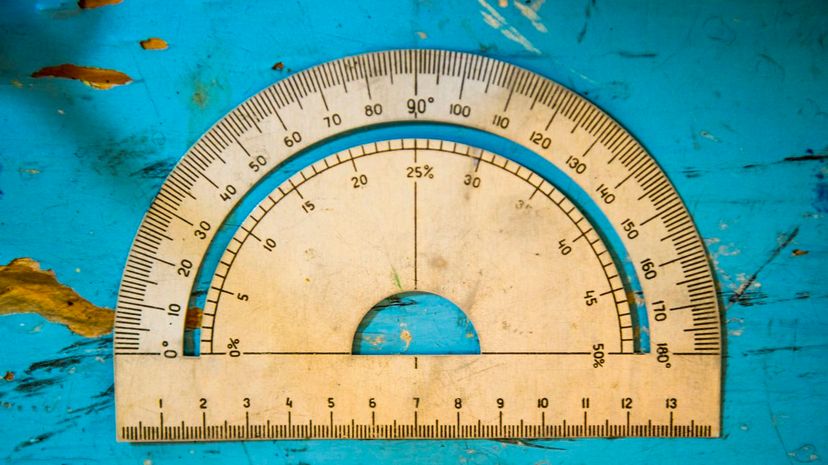
Fifties geometry lessons and art classes required angle-measuring protractors. Back in the day, these tools were metal and enameled, measuring in degrees or radians. The much fancier protractors of today are see-through.
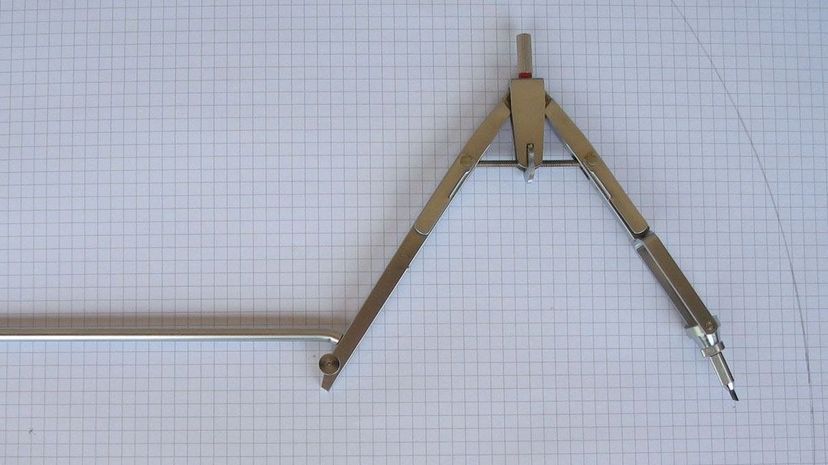
The compass was a classic map and geometry tool. The stiffer the accompanying protractor, the smoother the drawn angles and circles. Some compasses were sized for chalk or bulky crayons and had rubber footing instead of the sharp footing that came with standard pencil compasses.
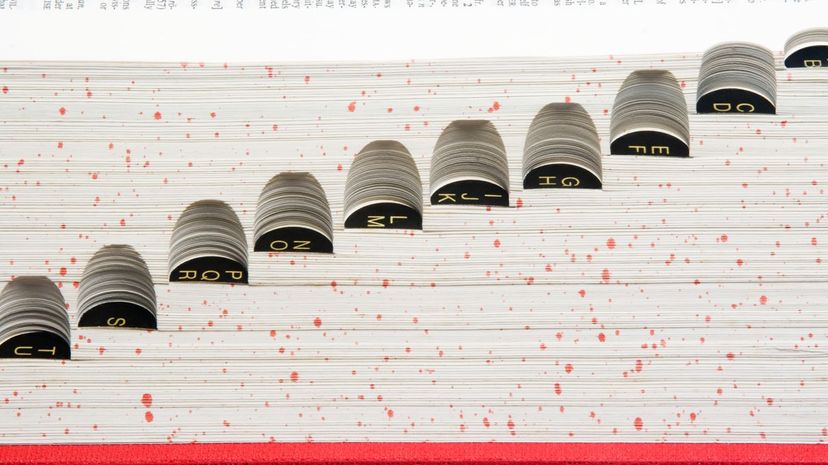
The "standard" English collegiate dictionary in the '50s weighed an average of three pounds. The authoritative reference books contained more than 100,000 entries with indices printed on either thin or regular paper, all bound between two firm hardcovers.
Advertisement
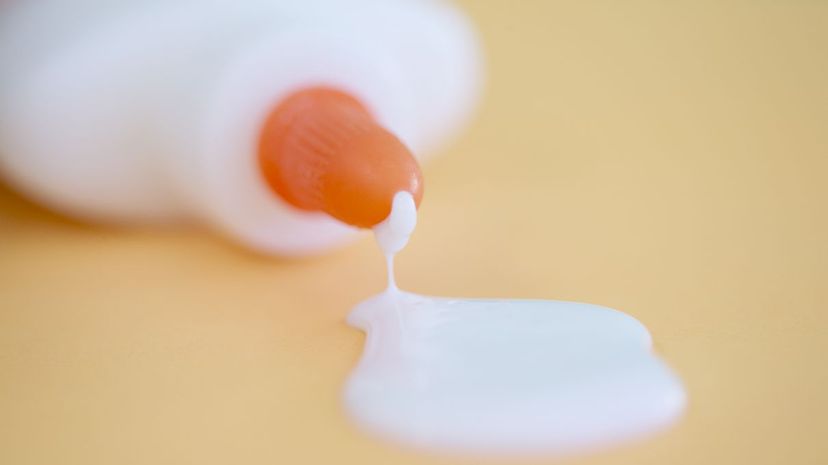
If you ever had to smell school paste, you'd never forget the unique odor which smells like nothing and everything, at once. And the name "school paste" alluded little to its real purpose. Grade school students used the barely-adhesive non-toxic paste for bonding large-surface crafts.

Back in the '50s, physical books were so cherished that there were book repair kits available to mend overused publications so that they might be reused. School libraries hoarded the kits; students toted easy-breezy book repair tape.
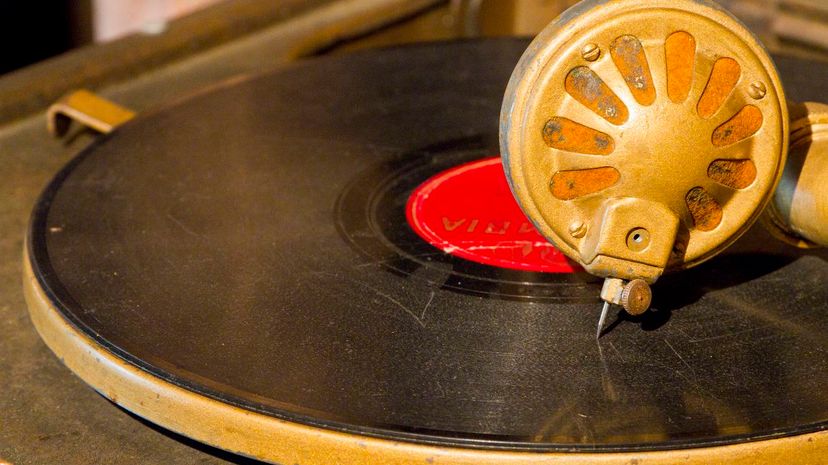
If you thought the mp3 audio players of old were clunkers, feast your eyes on contraptions, like this gadget, that were no less than 13 inches wide. Transcription players were specialized record players that played records recorded at 33 and one-third revolutions per minute.
Advertisement
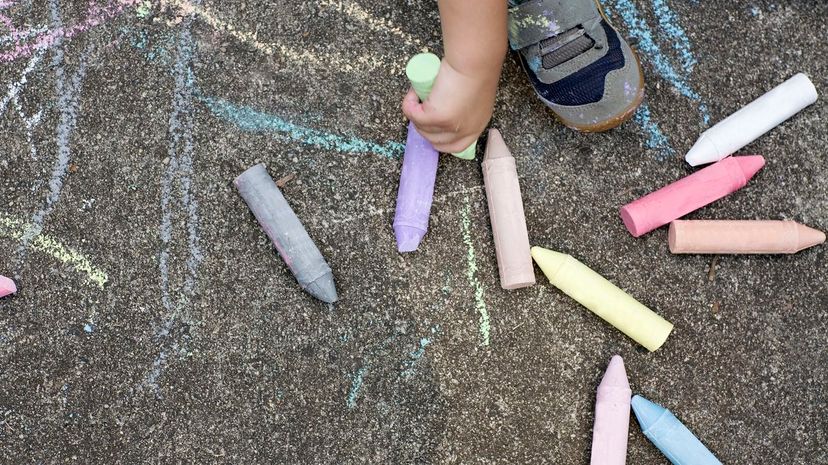
The amount of chalk dust you were covered in by the time the dismissal bell rang likely gauged how hard you had worked that day. Chalk came in all colors and was a major instructional tool. Teachers smeared the calcium sulfate on chalkboards and students chalked elaborate designs on concrete.
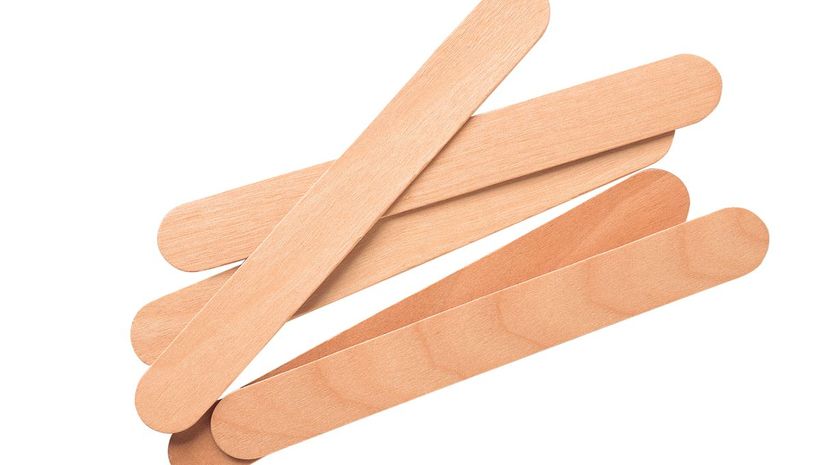
Adhesion was a messy affair in the 1950s. Disposable paste sticks eliminated the need to store or wash grimy glue applicators. The sticks are still used today to apply hot wax to unwanted adult hairs.